In the process of development, many plants adapted to life in the shade. Living conditions do not always allow you to grow any flowers you like. Due to the lack of lighting, flower growers are forced to pick up shade-tolerant indoor plants.
They can be grown in shaded rooms, hallways and office rooms. Penumbra does not reduce decorative qualities, but the normal course of biological processes in each specimen depends on the characteristics of the species and the degree of photosensitivity.
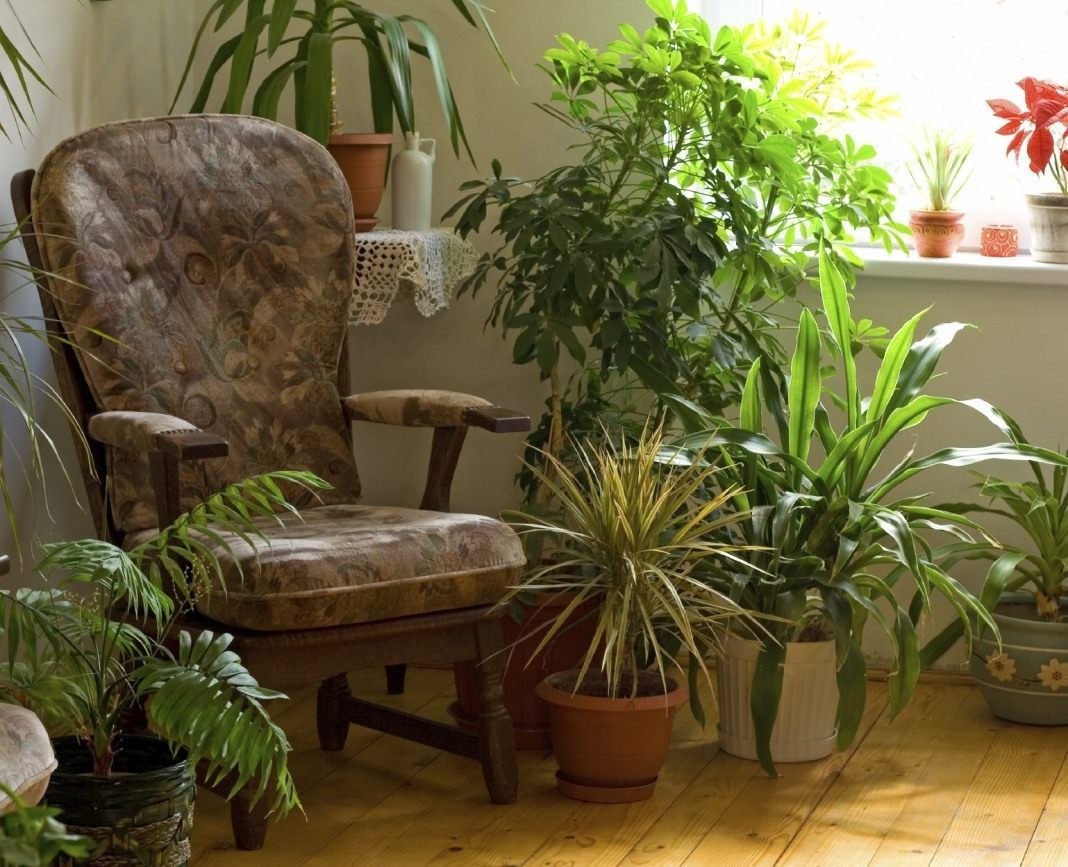
A long stay in the shade slows down the growth of cells of some plants. Therefore, flowers should be placed no further than 2 m from the northern window, and in other directions - no further than 3 m from natural light sources. The corners in the recesses of the rooms are mainly occupied by deciduous species.
In any case, it is important to understand that light is needed for photosynthesis, which is the energy supply of plants. A sufficient level of illumination for the considered category of room inhabitants is 1-3 thousand lux. For measurements, you may need a photo exposure meter or a light meter.
Content
Description and names of shade-tolerant indoor plants
We offer for consideration the names and photos of the most common shade-tolerant plants for residential premises.
Aspidistra
Aspidistra is a stemless perennial that is easily mastered in conditions of lack of light. However, glossy broadly oval or lanceolate leaves about 0.5 m long and 15 cm wide with oblong petioles retain saturated dark green precisely in good light, but without the active influence of the sun.
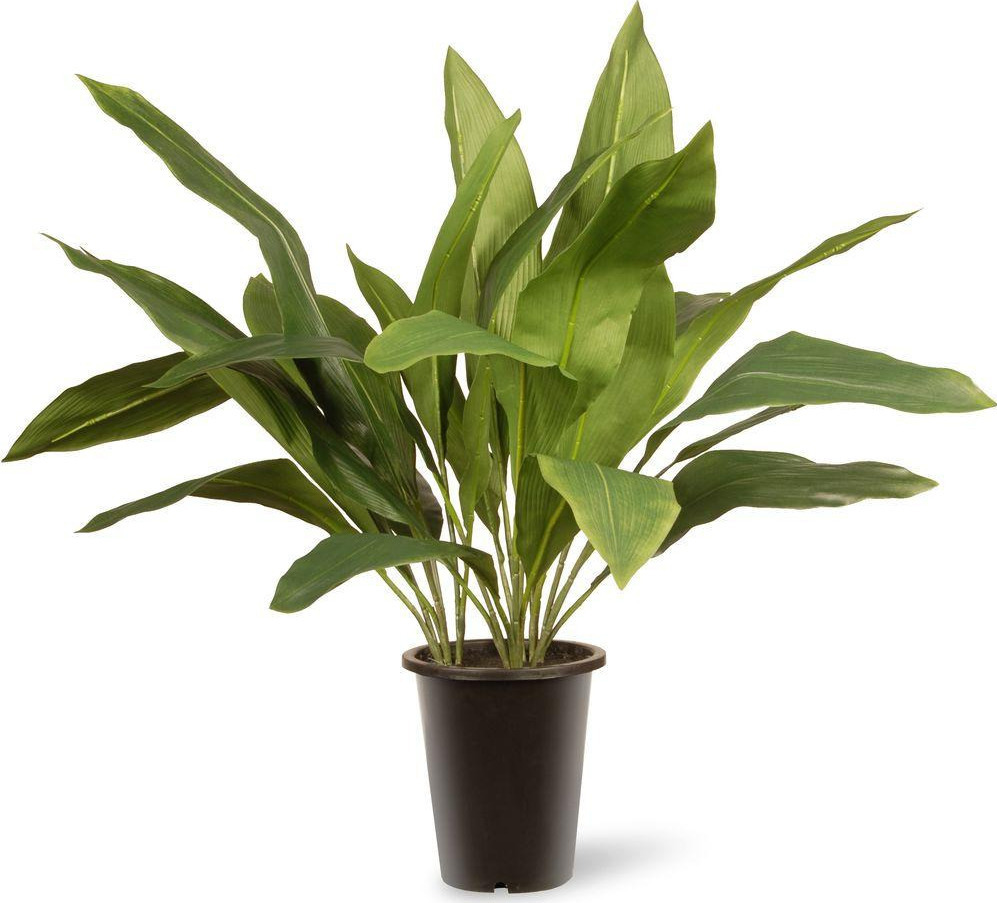
For normal development, 13-15 ° C is enough. Sedentary flowers are inconspicuous in appearance, have a brown-purple color. In a thick rhizome resembling a snake, moisture reserves are preserved. The aspidistra does not have special requirements with respect to soil composition and moisture, but it is necessary to wipe or rinse off the dust regularly.
Aglaonema
Representatives of this genus are not very demanding on lighting, but to a greater extent this applies to species with green leaves. Holders of variegated colors with all kinds of pale green spots and stripes like places brighter. Lanceolate or oblong leaves reach 10-15 cm in length and are located on short fleshy stems.
The appearance of an inflorescence (an ear with small flowers without perianths), on which oval berries (yellow or red, white) ripen, is considered good luck. You can’t eat them. By the way, the plant itself successfully absorbs toxins. It grows slowly. He likes heat, but reacts negatively to drafts.
Zamioculcas
Zamioculcas is elegant and unpretentious. He does not need high humidity and treats low light calmly, only slowing down growth. Nevertheless, it is advisable not to remove the pot from the window more than 2 m. It is better to periodically expose it closer to the light without direct rays of the sun, but do not twist it. Excess moisture in the soil negatively affects the state of zamioculcas.
The plant can be propagated by dividing a thick tuberous rhizome or rooting of complex-ply leaves of a dark green color, swollen at the base. Blooms rarely at home. When this happens, a light creamy cob appears. When caring for a room crop, it should be borne in mind that its juice is poisonous.
The fame of the plant was enhanced by its popular nickname - the dollar tree.
Poinsettia
In fact, poinsettia loves light, but this shrub plant blooms with a minimum daylight hours - in December-February (Christmas time). For this feature, poinsettia was called a Christmas star, and also because of the spectacular bright red, pink or whitish bracts (the flowers themselves are small and nondescript, green-yellow). Branched shoots and upright. Foliage is often a deep green color, it happens with a cream edging.
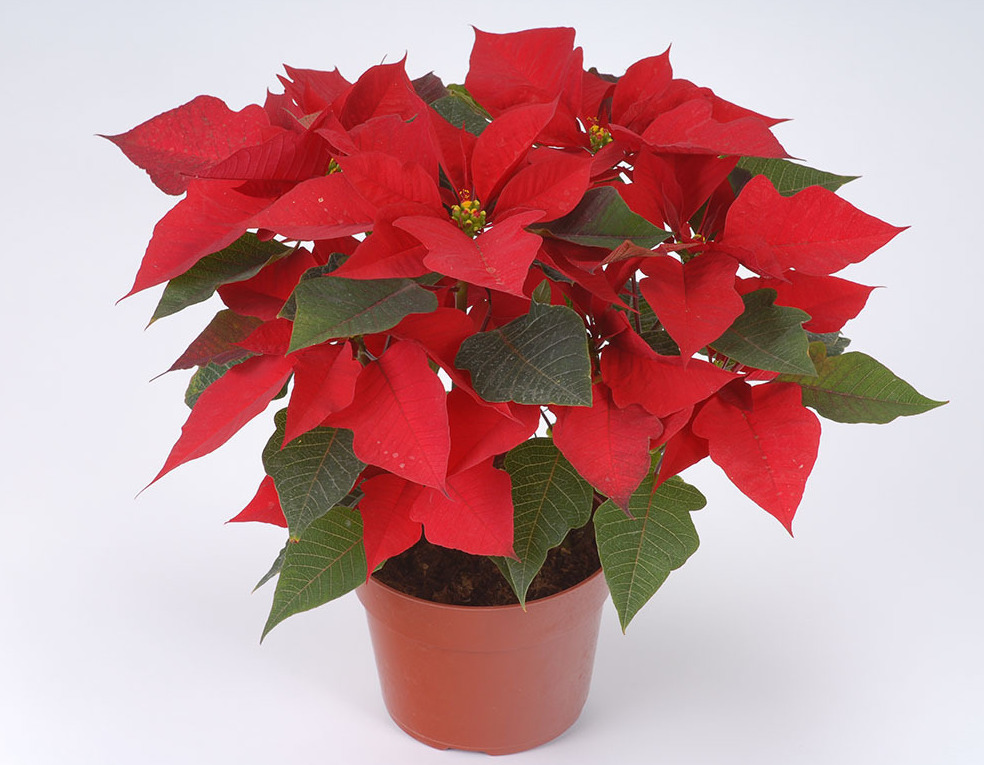
Drafts and temperatures below 16 ° C worsen the condition of the Christmas star. Avoid direct rays of the sun, too warm and dry air, sharp fluctuations in temperature and waterlogging of the soil.
Phalaenopsis
Among other orchid plants, phalaenopsis is the most shade tolerant. This epiphyte, which naturally grows in tropical rainforests on other plants and is not exposed to the scorching sun, needs appropriate conditions. Due to the bright light, it can lose its decorative effect and get burns (especially during spraying).
Optimum moderate lighting. Allowed at the north window. Phalaenopsis prefers a temperature between 18-25 ° C. The plant usually has 4-6 wide, leathery leaves 5-30 cm long and a very shortened stem. The roots are airy. Peduncles with fragrant flowers resembling the shape of butterflies appear in the axils of the leaves.
Ficus
Florists have long loved this plant. Ficuses are quite unpretentious. Species with dark green leaves are most resistant to temporary lack of illumination. May be near the northern windows. Holders of variegated foliage in partial shade lose their color saturation.
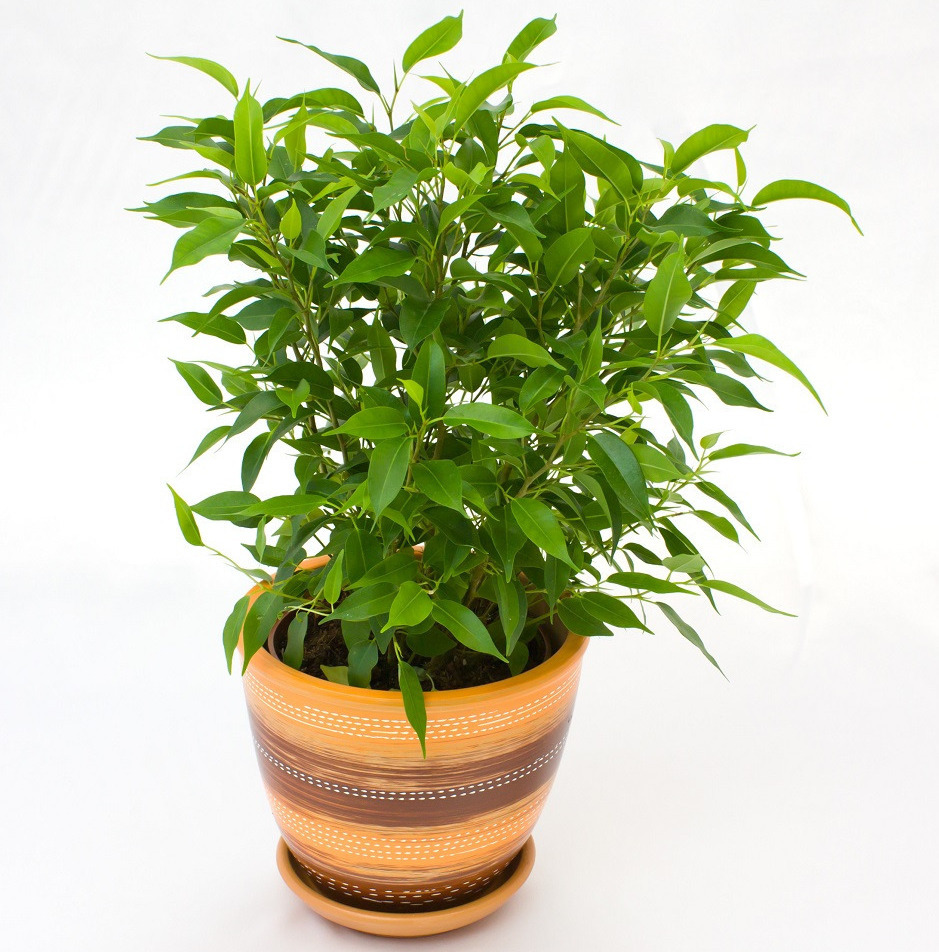
The most popular indoor inhabitant among the similar ones is Benjamin's ficus, which has erect shoots, oval-oblong with pointed points and a glossy surface. Crohn is wide. The color of the foliage depends on the variety.
Saintpaulia
Popular home flowers are compact, attractive, grow and bloom well under artificial lighting. They can be grown in a remote part of the room and even in a dark hallway. However, they should not be near heating structures and places with drafts. They do not like temperature fluctuations, it is advisable to observe a temperature of 20-22 ° C in the room.
In floriculture, the senpolia is widely known as the uzambar violet. It has shortened stems and a rosette of leaves. The leaves are rounded heart-shaped, leathery and fleecy, green or spotty. The color of 5-petal flowers is incredibly varied and depends on variety.
Sansevieria
Even people far from floriculture know the names “mother-in-law's tongue” and “pike tail”, which are attached to sansevieria. After all, this plant is present everywhere. Indoors can be both in the sun, and in a deep shadow. Sansevieria is resistant to drafts and "heavy" air. In turn, it actively absorbs toxic substances, releasing oxygen. Humidity is not critical.
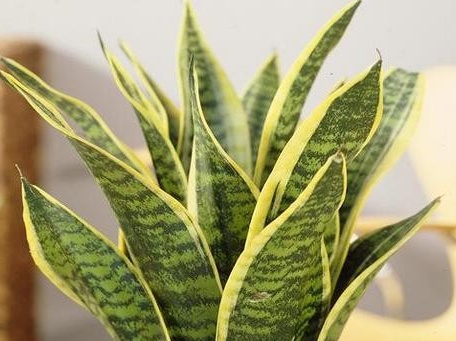
The pike tail has a creeping rhizome that releases upwards the xiphoid basal leaves of a dark green or variegated color (depending on the species), up to 1.2 m long and up to 7 cm wide, ending with a harmless tip. Fist inflorescences contain fragrant greenish-white flowers up to 4 cm in size.
Hamedorea
In nature, this palm tree grows under the crown of tall trees. Therefore, it is shade tolerant.Adapts to different conditions of detention without any problems. Moderate watering recommended. Prefers temperature 12-20ºC. When it's hot - likes airing and spraying. It grows slowly, but is able to reach 2 m. Many thin bamboo-like trunks come directly from the tree rhizomes and have 6-7 pcs. pale green cirrus leaves.
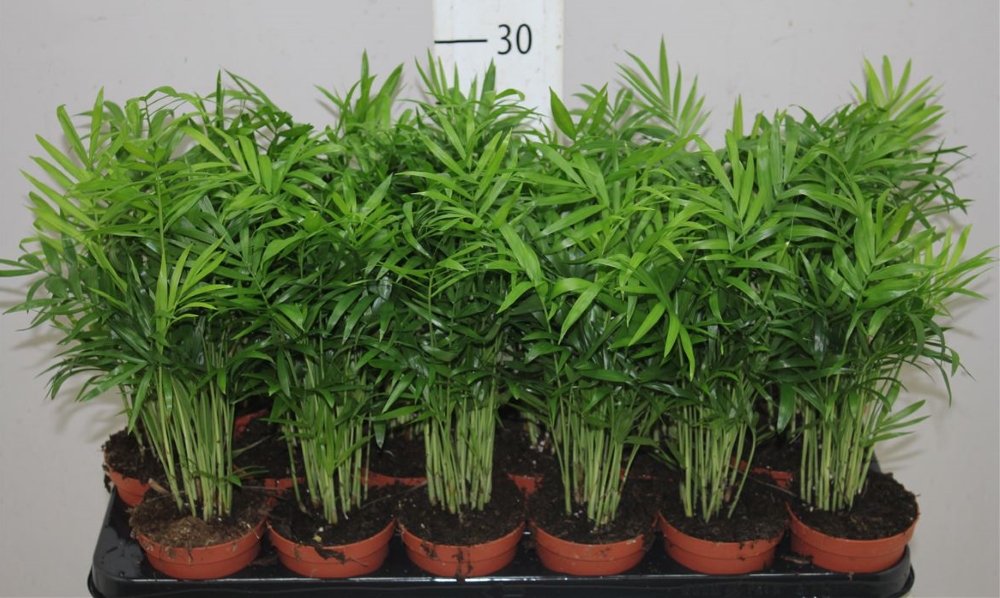
Small, yellow, fragrant flowers of panicle inflorescences are present only on young specimens. Hamedorea reproduces by seeds and vegetatively, effectively cleans the air in confined spaces. It must be protected from active sunlight, regularly sprayed and periodically rotated around its own axis so that the leaves grow evenly.
Philodendron
Evergreen perennials philodendrons are mainly epiphytes, i.e. climbing plants that attach to the support with long aerial roots-suckers. They do not like direct exposure to the sun, as do dry air, draft, sudden changes in temperature. They can grow in the shade and partial shade, depending on the species. They need moderate watering in the winter and plentiful in the summer. The optimum temperature is 15-22 ° C. The soil must be constantly moist and contain humus.
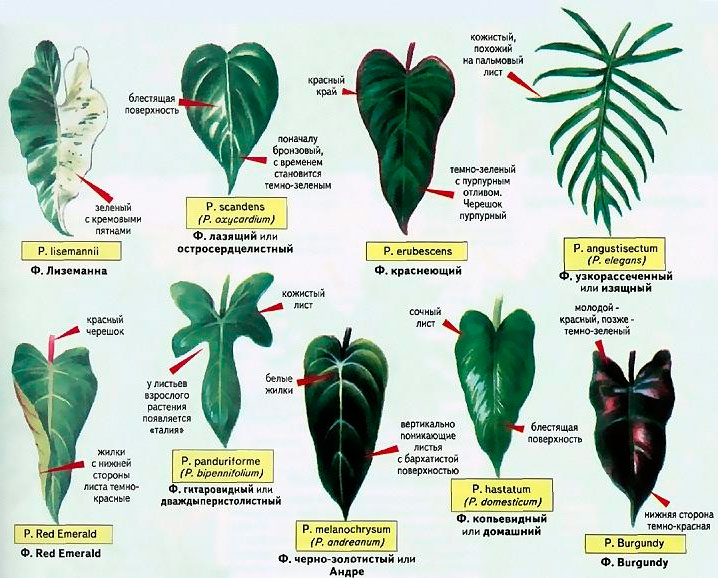
The stems of the plant are fleshy, at the base - lignified. Petiole sequential leaves of different species have an oval, arrow-shaped or pinnate-dissected shape. Their color may also be different, but the color of the top of the plant is always darker. An inflorescence is an ear of corn, usually white, with a 2-color veil that resembles a hood.
Gardenia
For home use, the Gardenia jasmine species is intended. This compact shrub (usually 45-50 cm) is covered with rich dark, green, shiny, paired, leathery leaves. During flowering, luxurious, fragrant flowers similar to roses appear on it. Flowers are solitary or collected in corymbose inflorescences of 4-5 pcs., Double or semi-double.
The plant is photophilous, but can grow in partial shade. It needs frequent spraying, in the fall and winter - in moderate watering, and in the spring and summer - in plentiful, at temperatures of 16-18 ° C and 18-27 ° C, respectively. Drafts, temperature extremes and hard or cold water do not like.
Syngonium
Ornamental deciduous plant usually grows indoors as ampelous. Direct sunlight is contraindicated to him. Syngonium is shade-tolerant, but with a lack of light it can stretch. Growing fast. Green and variegated leaves in some species have silver veins and spots. The shape of the leaves is heart-shaped or arrow-shaped. The stem is 0.5-2 cm thick flexible, mostly unbranched (if not damaged).
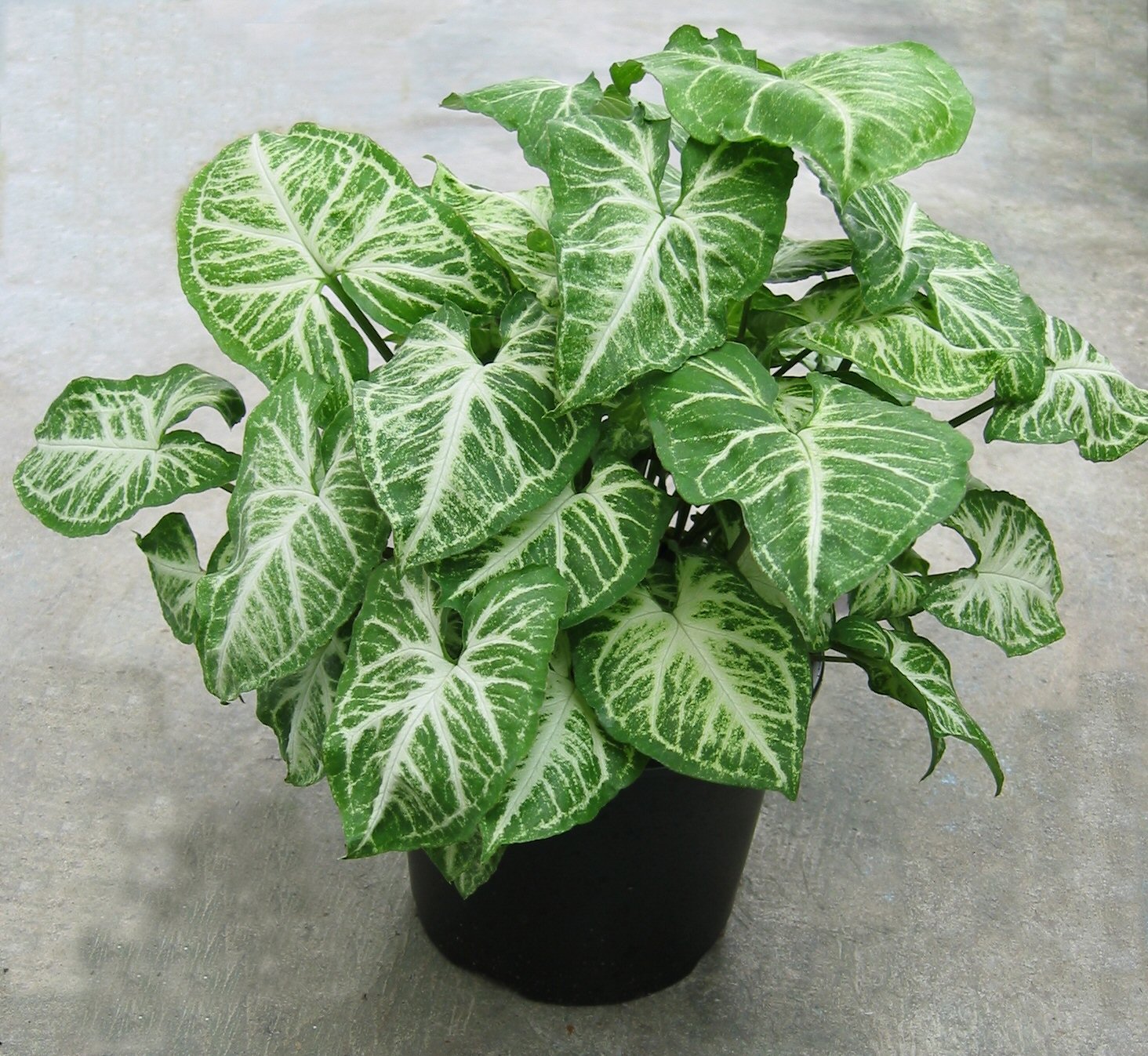
There are many aerial roots on it, with the help of which the liana is able to cling to various supports. In warm seasons, syngonium is suitable for a temperature of 20-25 ° C, in cool seasons - at least 18. A cold window sill is contraindicated as a place for a plant. High humidity is required, frequent watering (not in winter) with room temperature water.
Common Growing Questions
A flower lover can “populate” his living space with the listed green specimens, which deserve attention due to elegance, variety and various care.And most importantly - they are united by the fact that they easily adapt to low light intensity.

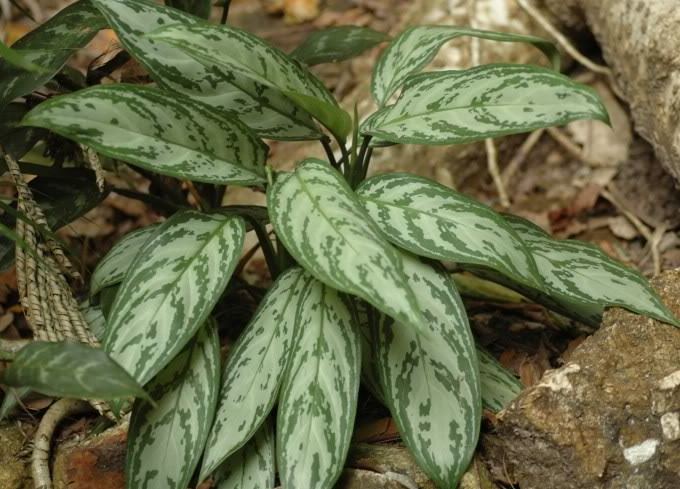
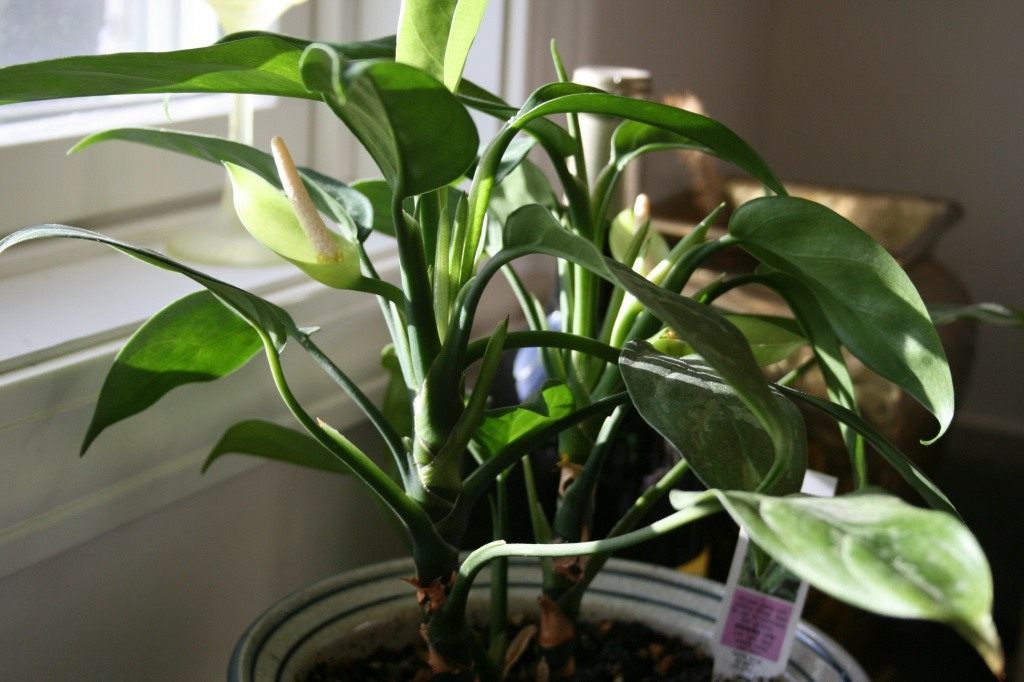
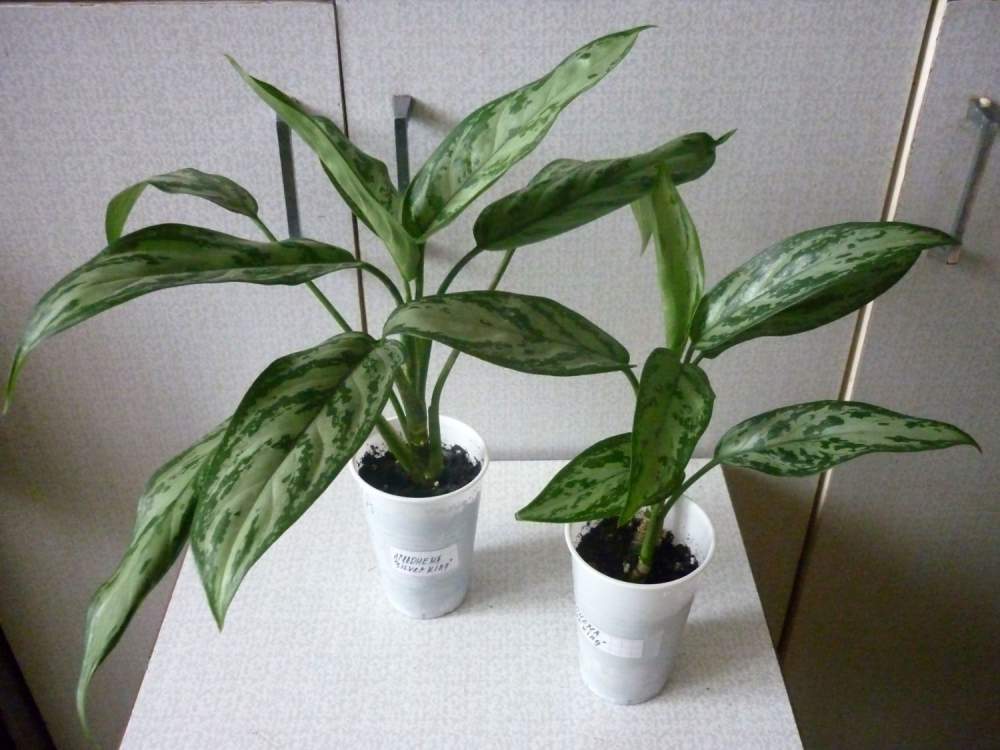
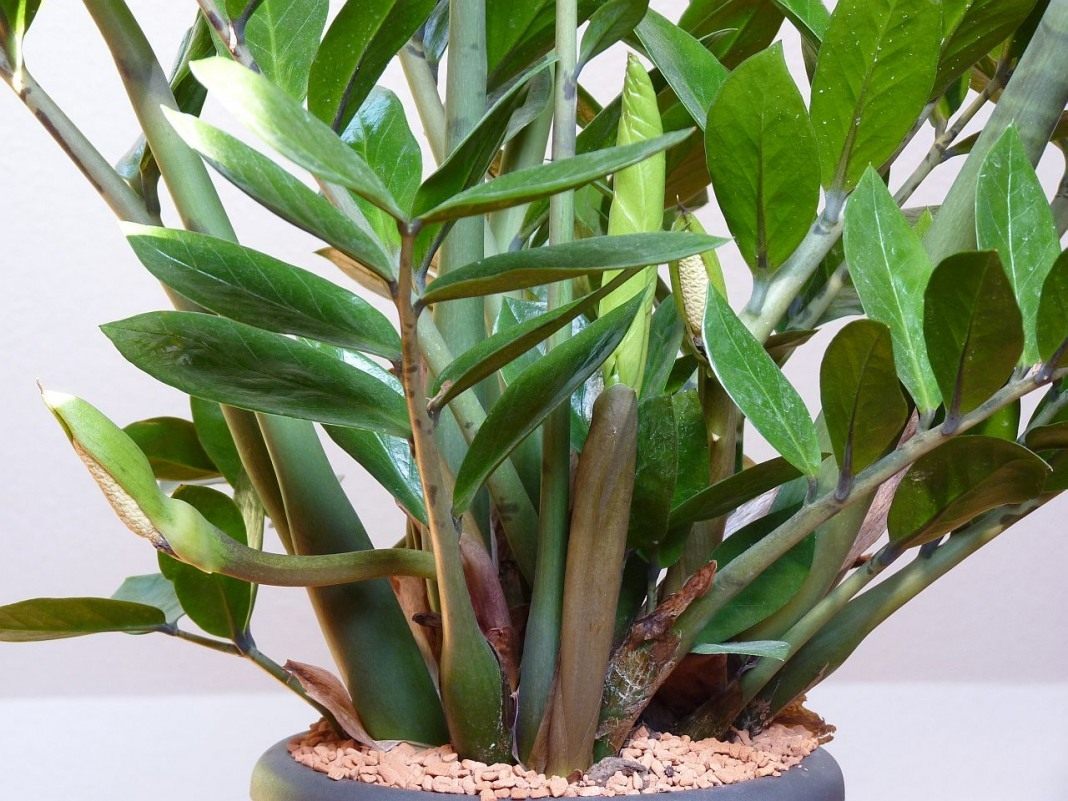
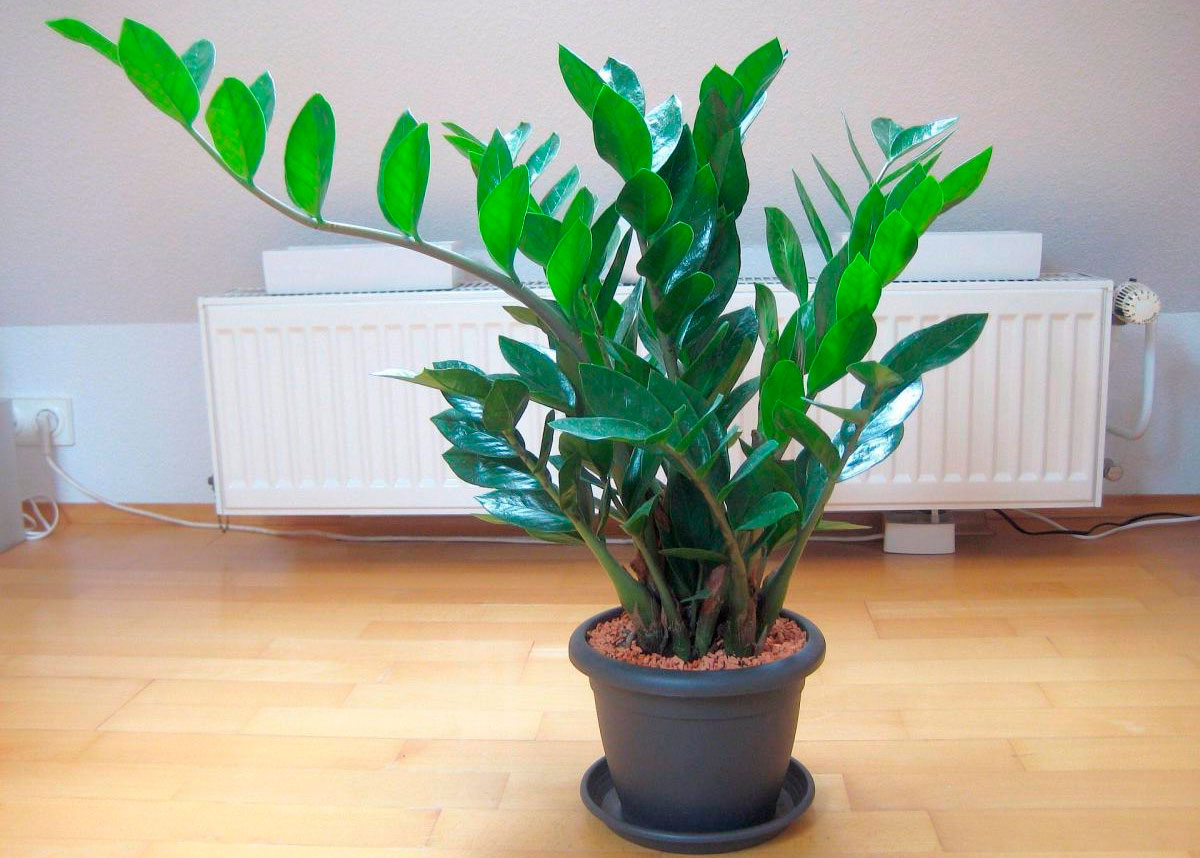
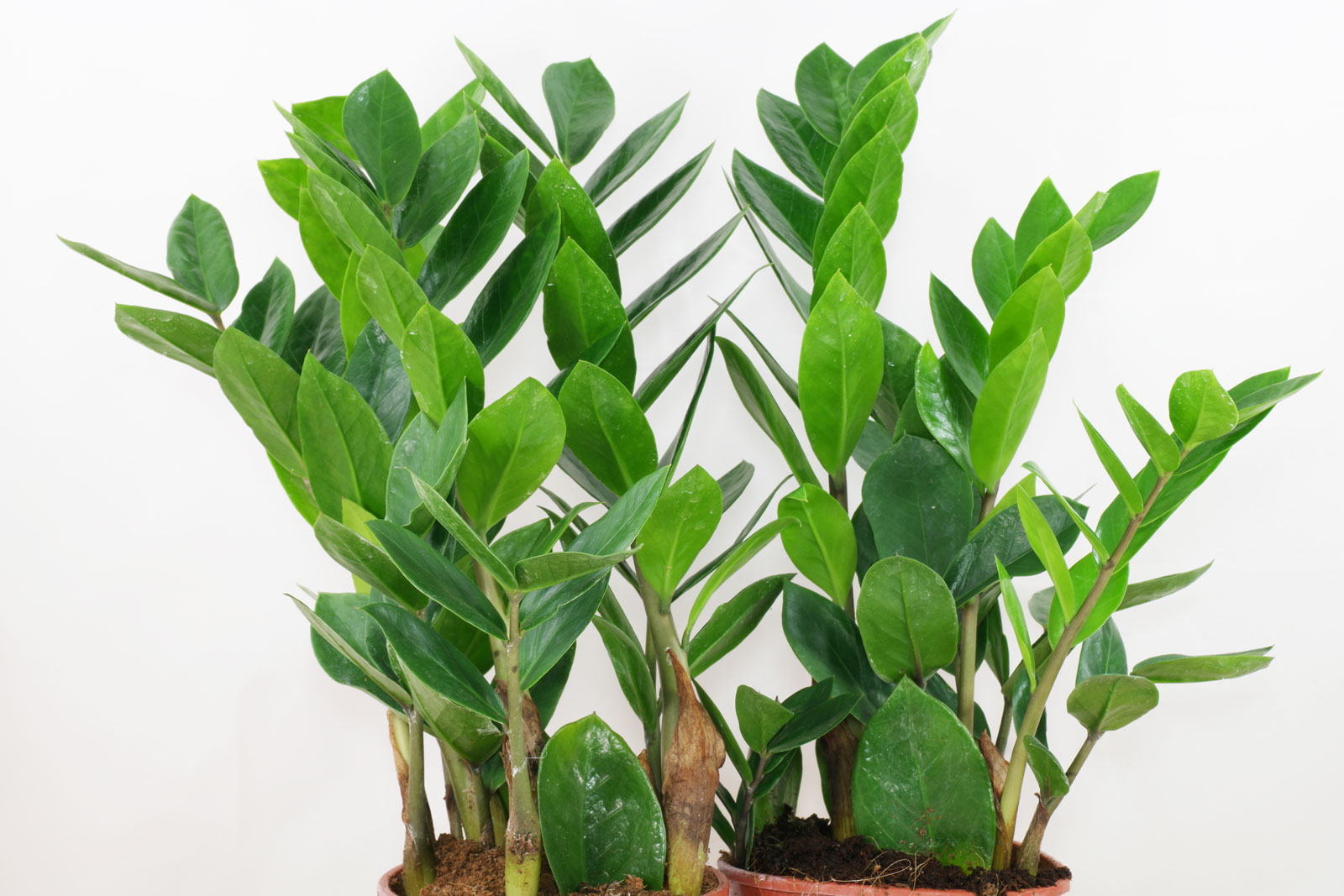
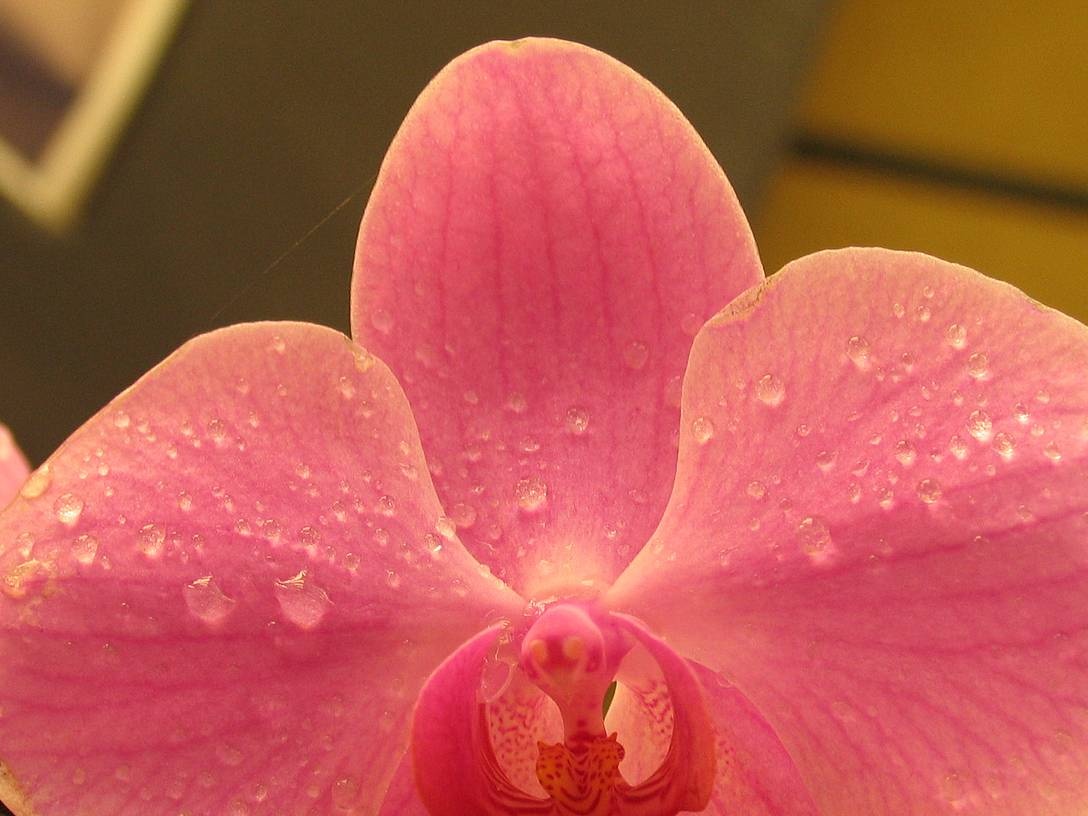
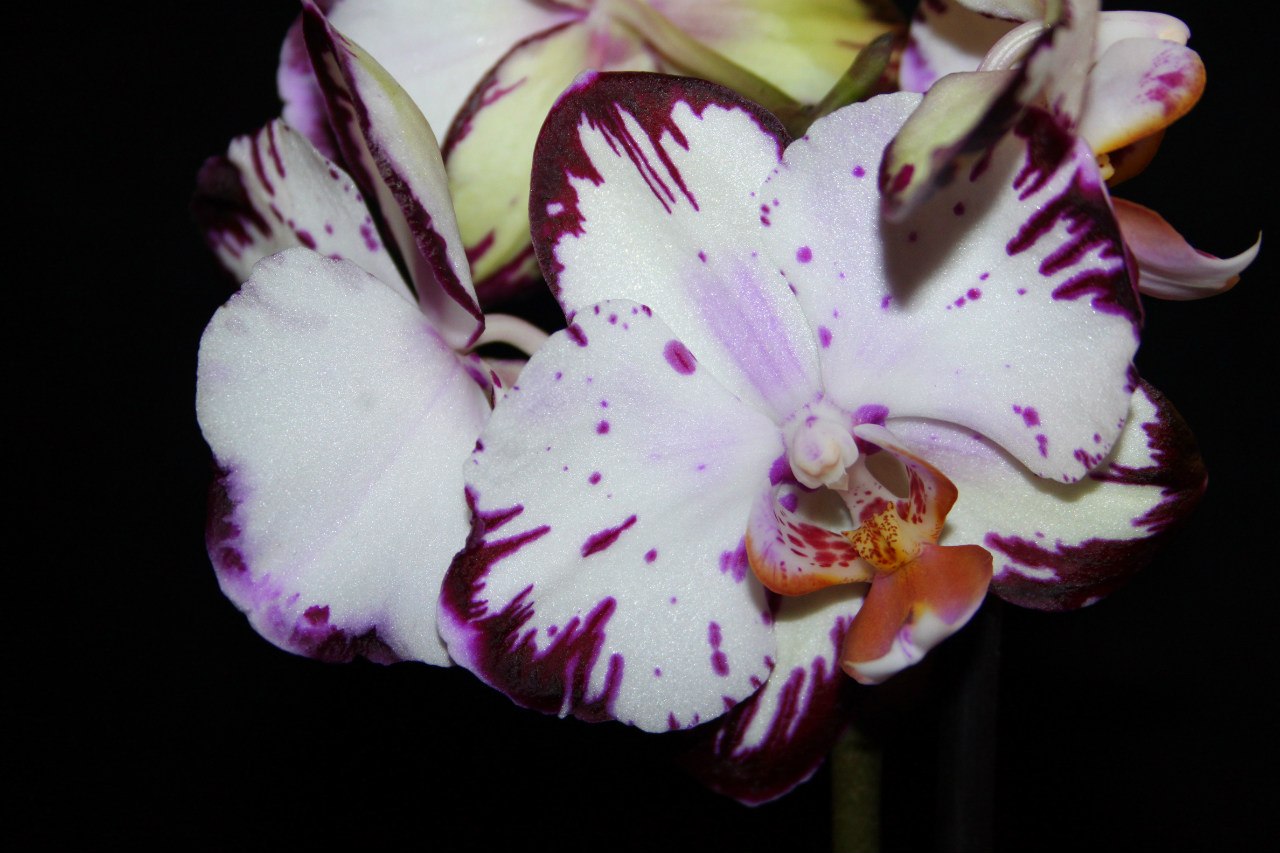
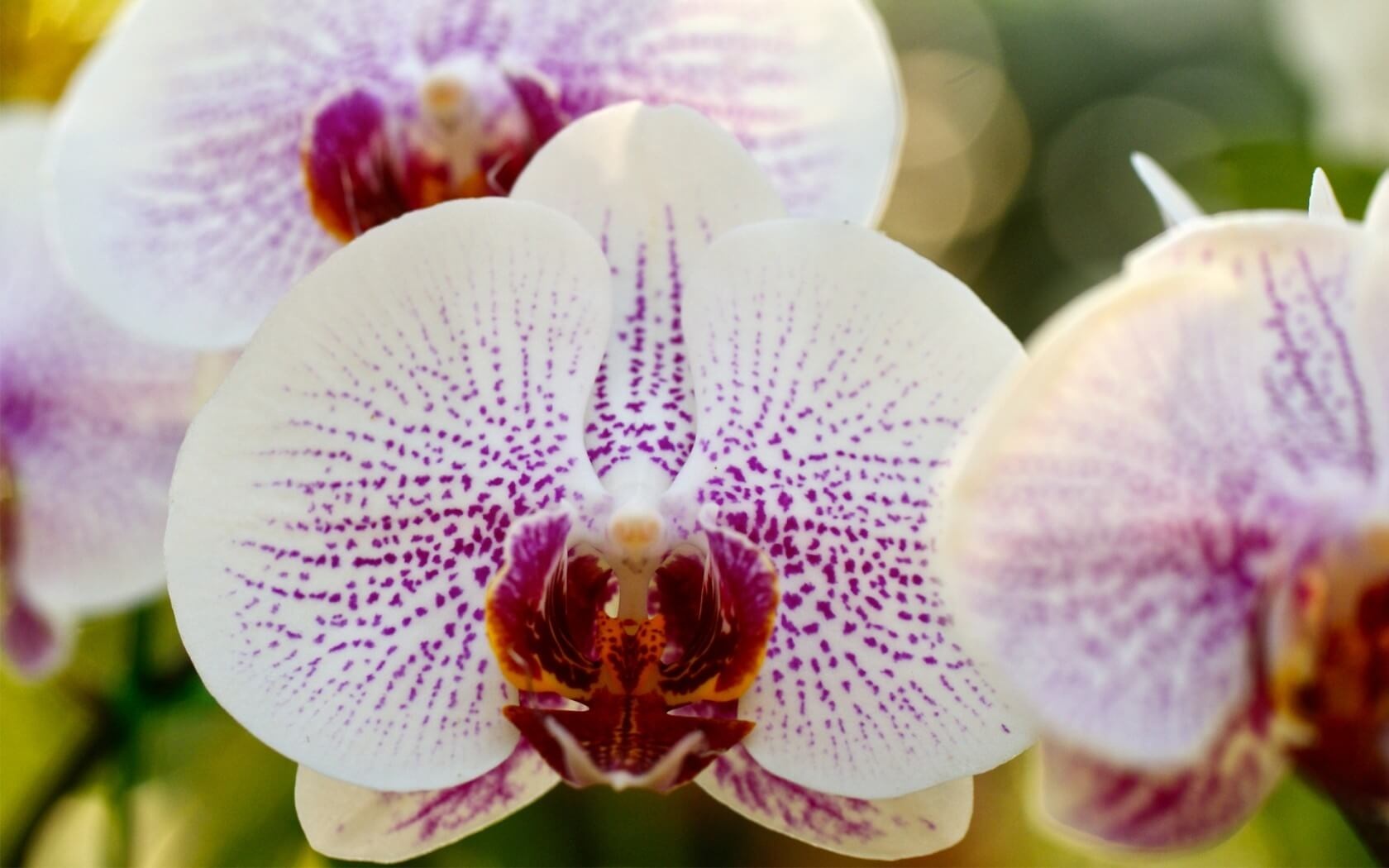
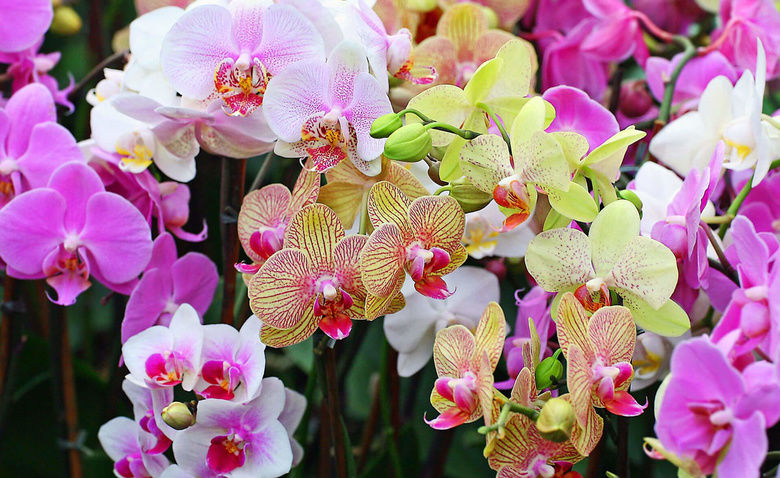



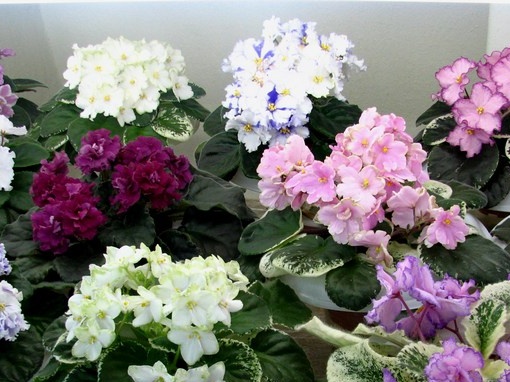


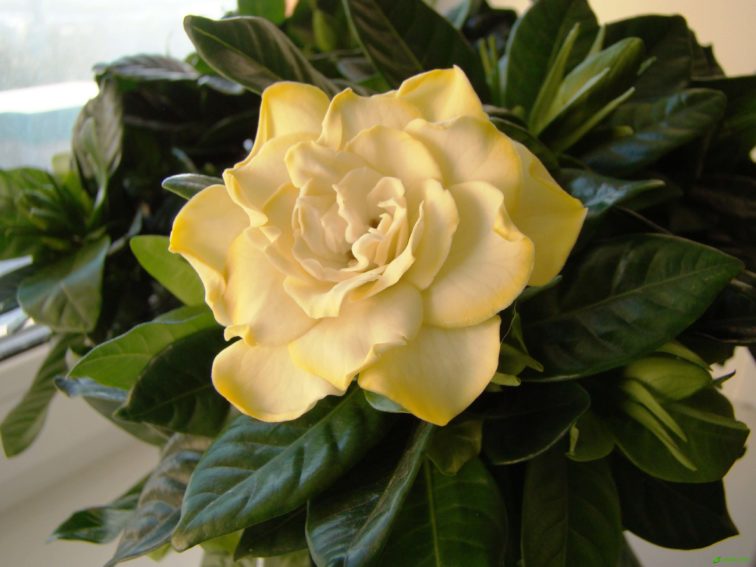
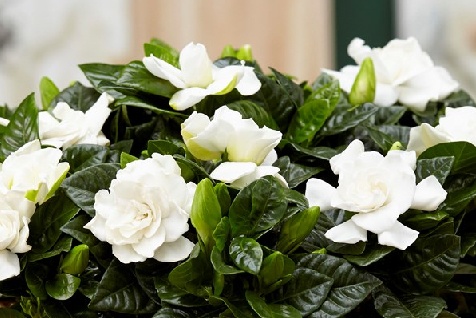
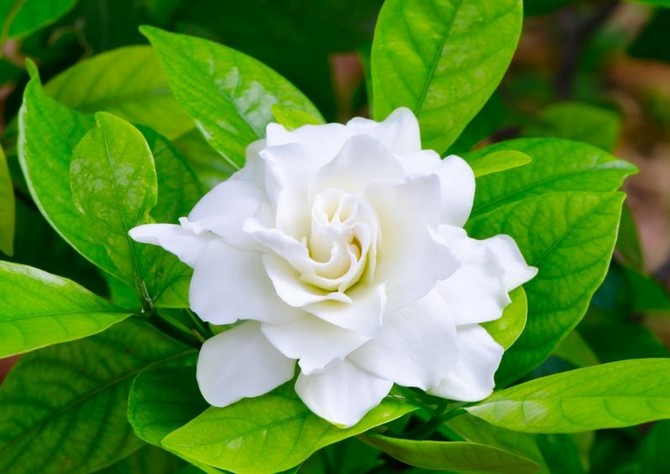
 Sow in the ground, without seedlings: 10 beautiful and unpretentious flowers
Sow in the ground, without seedlings: 10 beautiful and unpretentious flowers Platicodon planting and outdoor care
Platicodon planting and outdoor care Hosta - planting and care in the open ground in the Urals
Hosta - planting and care in the open ground in the Urals Oleander - care and growing at home
Oleander - care and growing at home